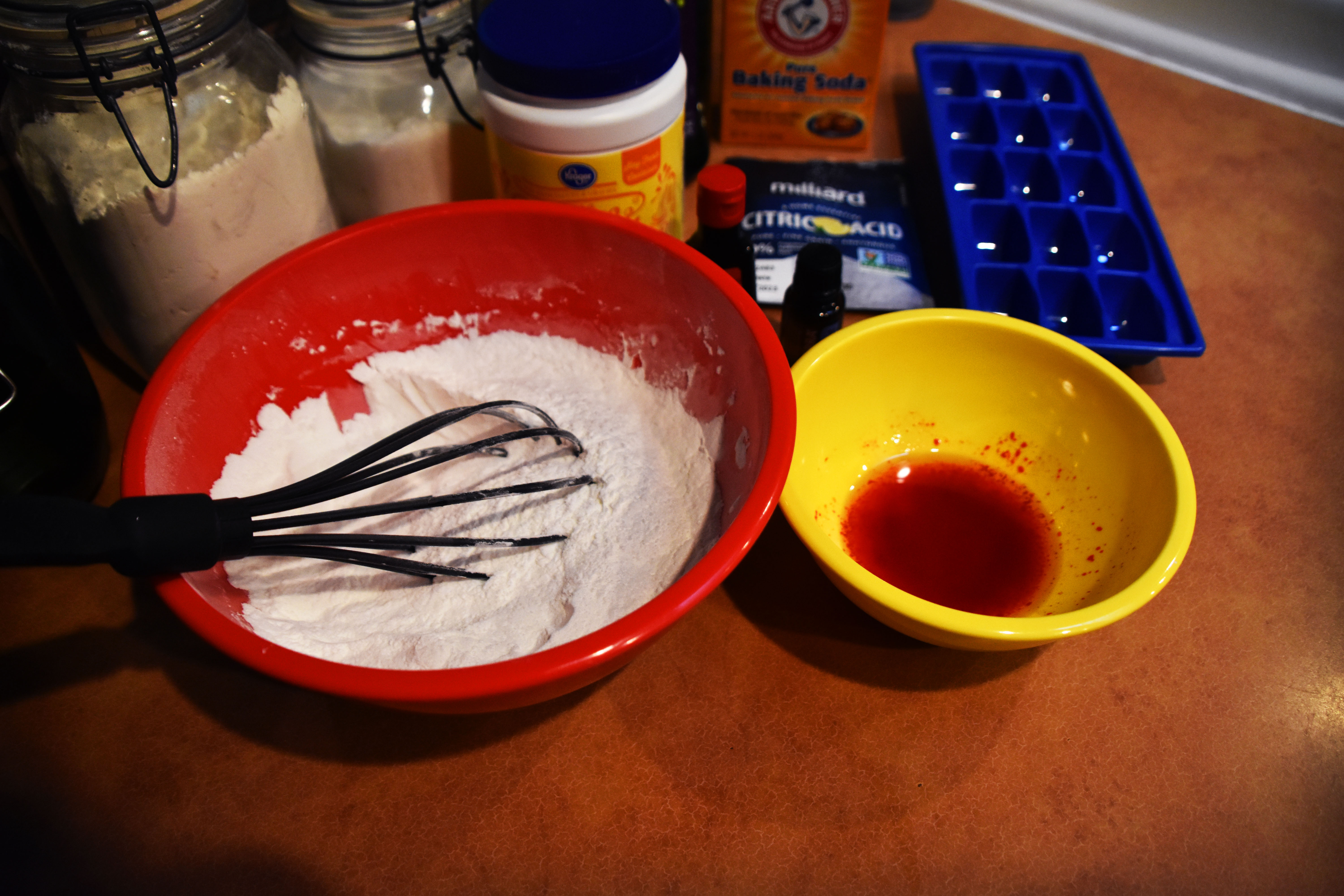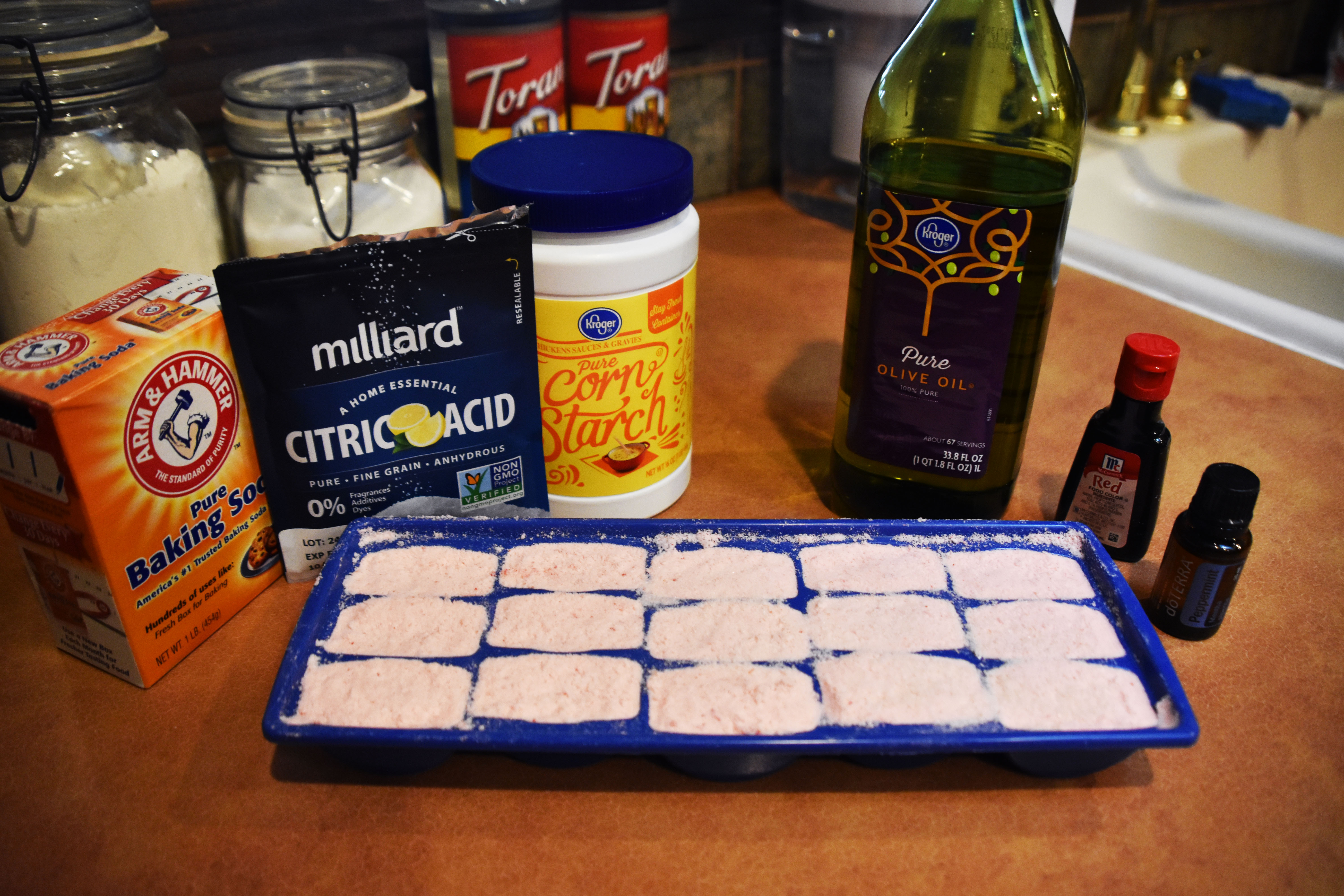Destress with DIY bath bombs
Allison Vanderzanden | Lifestyle Editor
What better way to wind down after a stressful day than with a hot bath? Elevate bath time with homemade miniature bath bombs made in an ice cube tray or other silicone mold. Customize the scents, colors and decorations — like dried lavender or sprinkles — as desired.

DIY BATH BOMBS
Start to finish: 1 day
Yields: 6 medium-sized bath bombs
1 cup baking soda
½ cup citric acid
½ cup cornstarch
1 to 2 teaspoons water or witch hazel
10 drops essential oil of choice
OPTIONAL
Food coloring
½ cup Epsom salt
2 tablespoons coconut, almond or olive oil

In a large bowl, whisk together dry ingredients. In a separate small bowl, melt the coconut or almond oil if using, then combine wet ingredients.
While continuously whisking, very slowly drizzle the wet ingredient mixture into the dry ingredients. The wet mixture may also be poured into a spray bottle to make combining easier. The outcome should be similar to a dry, crumbly sand with no clumps. If the mixture gets too wet, the bath bomb will fizz too soon.

Tightly pack the mixture into the ice cube tray or silicone mold. Let set for 10 minutes, then carefully remove and let harden on parchment paper for 24 hours. Finished product will still be somewhat fragile.
Store in a mason jar or package in cellophane for gifting.
Recipe from 100daysofrealfood.com

Contact the author at avanderzanden19@mail.wou.edu


 Getting outside can also reduce stress. Being out in nature can be very calming, and exercising is a proven stress reducer. Take 10 minutes or more to lightly exercise by walking around town. Enjoy the sights and take this time to clear the mind and just focus on the present. Remember to bundle up if the weather calls for it.
Getting outside can also reduce stress. Being out in nature can be very calming, and exercising is a proven stress reducer. Take 10 minutes or more to lightly exercise by walking around town. Enjoy the sights and take this time to clear the mind and just focus on the present. Remember to bundle up if the weather calls for it.
